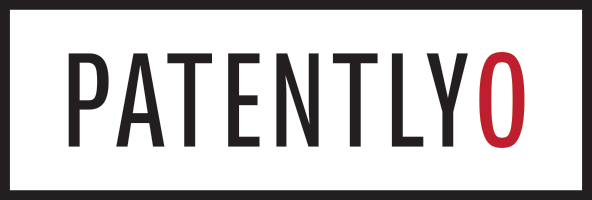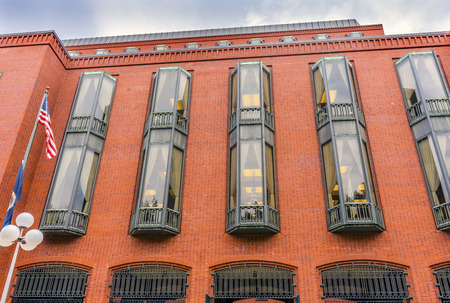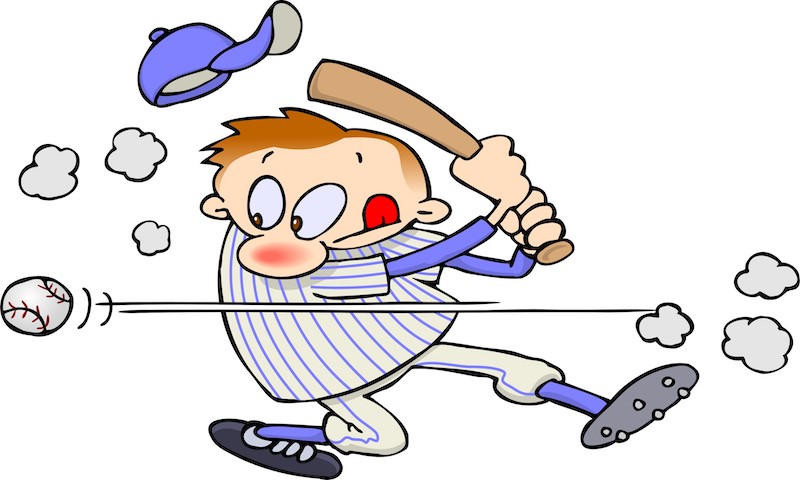#prior-art
#prior-art
[ follow ]
#patent-law #federal-circuit #inter-partes-review #uspto #ipr #ptab #supreme-court #intellectual-property
Intellectual property law
fromIPWatchdog.com | Patents & Intellectual Property Law
3 weeks agoUSPTO Grants Ex Parte Reexam by Anonymous Requester Following Failed Serial IPR Petitions on Netlist Patent
USPTO granted ex parte reexamination of Netlist's '608 patent despite prior failed validity challenges and an anonymous requester repackaging previous arguments.
fromIPWatchdog.com | Patents & Intellectual Property Law
1 month agoFederal Circuit Clarifies Precedent on Pre-AIA Prior Art 'By Another'
[W]hen the patented invention is the result of the work of joint inventors, the portions of the reference disclosure relied upon must reflect the collective work of the same inventive entity identified in the patent to be excluded as prior art." - Federal Circuit The U.S. Court of Appeals for the Federal Circuit (CAFC) issued a precedential decision on Thursday,
Intellectual property law
fromThe Verge
1 month agoPerplexity's new AI tool aims to simplify patent research
Patents are notoriously difficult to search for, but Perplexity has launched an AI-powered tool that's supposed to make the process a little easier. Its new patent research agent allows you to search for patents using natural language, rather than a string of keywords. As an example, Perplexity says you can enter something like, "Are there any patents on AI language learning?" or "Key quantum computing patents since 2024," and Perplexity will return relevant results, along with AI-generated summaries of each one.
Artificial intelligence
fromPatently-O
1 month agoGuest Post by Profs. Masur & Larrimore Ouellette: Private Third-Party Sales as Prior Art
One of our arguments was that private sales-sales in which the invention has not been put into public use or led to the creation of some other type of prior art-should not provide the seller with a safe harbor against prior art under post-AIA 35 U.S.C. § 102(b)(1)(B), because a private sale by itself does not "publicly disclose" the invention per the terms of the statute.
Intellectual property law
Intellectual property law
fromIPWatchdog.com | Patents & Intellectual Property Law
3 months agoAppealing Designs: Federal Circuit Goes Back to School on Design Patents
Divergent Federal Circuit design patent rulings complicate infringement assessment, valuation, and settlement while jurisprudence evolves on prior art, Section 337, and obviousness.
fromIPWatchdog.com | Patents & Intellectual Property Law
3 months agoPatents Subjected to IPRs are the Perfect Vehicle to Assess the USPTO's Patent Quality Problem
The fact that patents subjected to an inter partes review (IPR) are "specially selected" is the very reason that this class of patents are a suitable vehicle for studying the cited evidence. The actual evidence cited is what determines "the underlying actual quality of issued patents." Understanding how patent information evidence is missed during examination will identify the root cause of examination errors, both allowance errors and rejection errors.
Intellectual property law
Intellectual property law
fromIPWatchdog.com | Patents & Intellectual Property Law
4 months agoEPO Enlarged Board of Appeal Brings On Sale Bar Doctrine Closer to the United States'
EPO decision G 1/23 broadens the definition of prior art affecting novelty and inventive step evaluations in European patent law.
[ Load more ]









